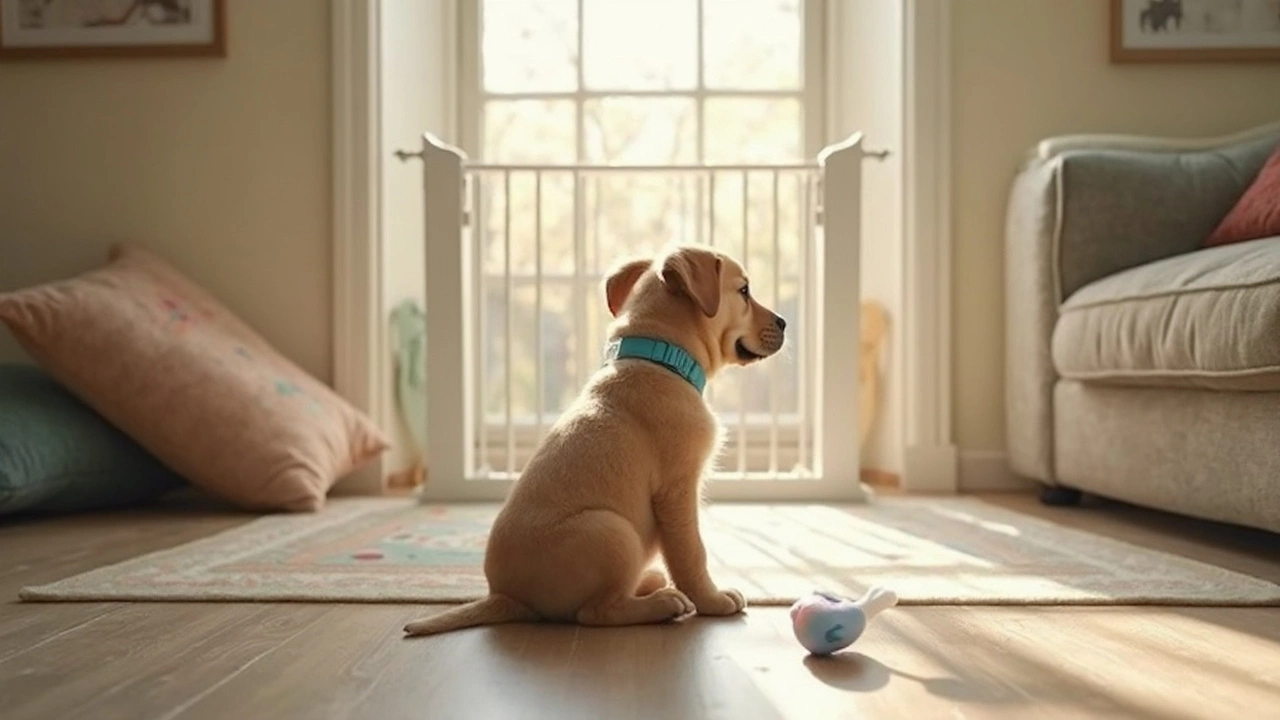Puppy Training Tips: Easy Steps for a Calm, Confident Pup
Got a new puppy and feel overwhelmed? You’re not alone. Most owners wonder how to stop the night‑time whining, curb those nibbles, and get the little furball potty‑trained without losing their sanity. Below are the no‑fluff tactics that actually work, so you can enjoy bonding time instead of constant stress.
1. Master the Crate – Night and Day
The crate is your puppy’s safe zone, not a prison. Start by placing the crate in a quiet spot but close enough to hear a whimper. For the first few nights, a lightweight cover can mimic a den and calm nervous pups. If you decide to cover the crate, make sure there’s still airflow and you can still see when they’re moving. Most puppies settle faster when they can’t see the whole room, but if your pup seems panicked, remove the cover and try a night‑light instead.
Remember to keep the crate just big enough for your puppy to turn around and lie down. Too much space makes it feel less secure and encourages accidents. Add a comfy blanket and a chew‑safe toy—nothing too noisy—that can keep them occupied until they drift off.
2. Stop the Biting Before It Becomes a Habit
Puppies explore the world with their mouths, so a few nibbles are normal. The key is to teach bite inhibition early. When the puppy bites, let out a sharp “Ouch!” and stop playing for a few seconds. This brief pause signals that biting ends fun. If they keep at it, redirect them to a chew toy. Choose toys that are firm enough for teething but soft enough not to damage teeth – think rubber rings or frozen washcloths.
Timing matters. Most puppies start calming their bite pressure around 16‑20 weeks, but you can accelerate the process with consistent redirects. Keep training short—five minutes a few times a day works better than a marathon session that leaves both of you exhausted.
While you’re working on bite control, introduce a “leave it” cue. Hold a treat in your closed hand; when the puppy paws or mouths, say “Leave it” and wait for them to back off. Reward the pause with a different treat from the other hand. This builds impulse control that helps with chewing, grabbing, and even later leash training.
3. Potty Success – Consistency is Your Best Friend
Set a schedule and stick to it. Puppies need to go out first thing in the morning, after meals, after play, and before bedtime. Take them to the same spot each time; the scent will cue their bladder. When they do their business, use a calm “Yes!” and give a small treat right away. No need for a fancy ceremony – a quick praise works just as well.
If an accident happens, clean it with an enzymatic cleaner. Avoid “I’m mad” reactions; puppies don’t connect the scolding with the earlier mess. Instead, focus on reinforcing the right behavior next time they’re taken out.
4. Choose the Right Chew Toys
Chew toys are not just fun – they protect your furniture. Look for toys that match your puppy’s size and chewing style. Heavy-duty rubber toys last longer for aggressive chewers, while softer plush toys work for gentle bite pups. Rotate toys every few days to keep interest high.
Never leave a toy that can be torn into small pieces – choking hazards are a real risk. If you’re unsure, stick to toys with a solid core and a safe, non‑toxic coating.
By combining a comfy crate routine, bite‑inhibition drills, a steady potty schedule, and the right toys, you’ll see big improvements within weeks. Puppies thrive on consistency, clear signals, and plenty of praise. Keep sessions short, upbeat, and repeat the steps daily – you’ll end up with a well‑behaved companion that loves learning as much as you do.
When Can Your Puppy Safely Free Roam at Home? Expert Tips & Facts
Curious about when your puppy can free roam? Learn the right age, training tips, and safety facts to let your puppy explore your home confidently.
